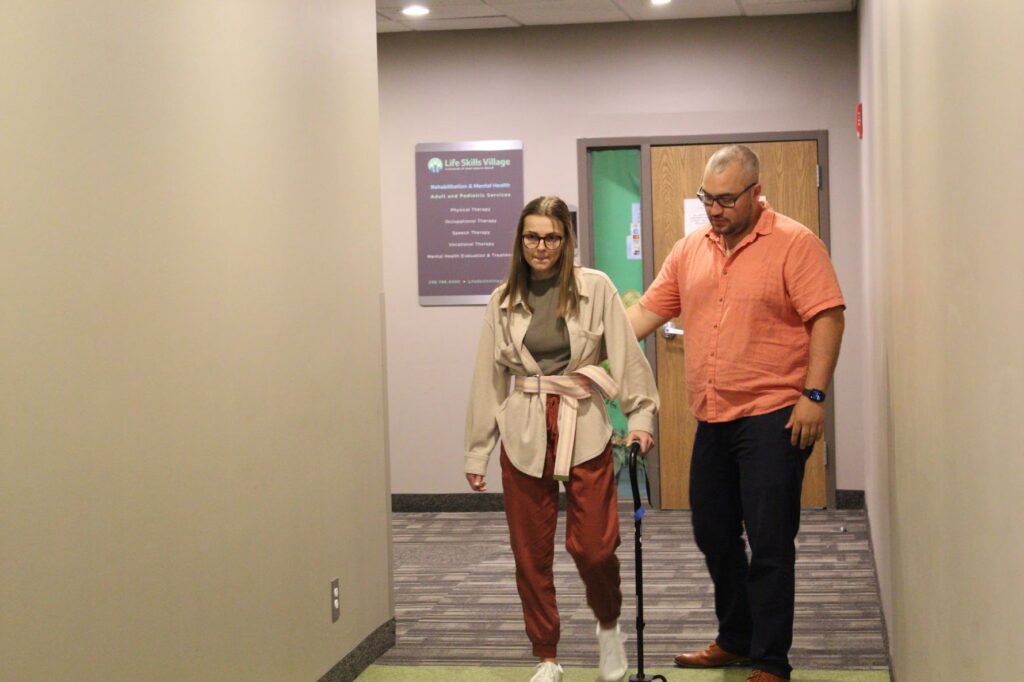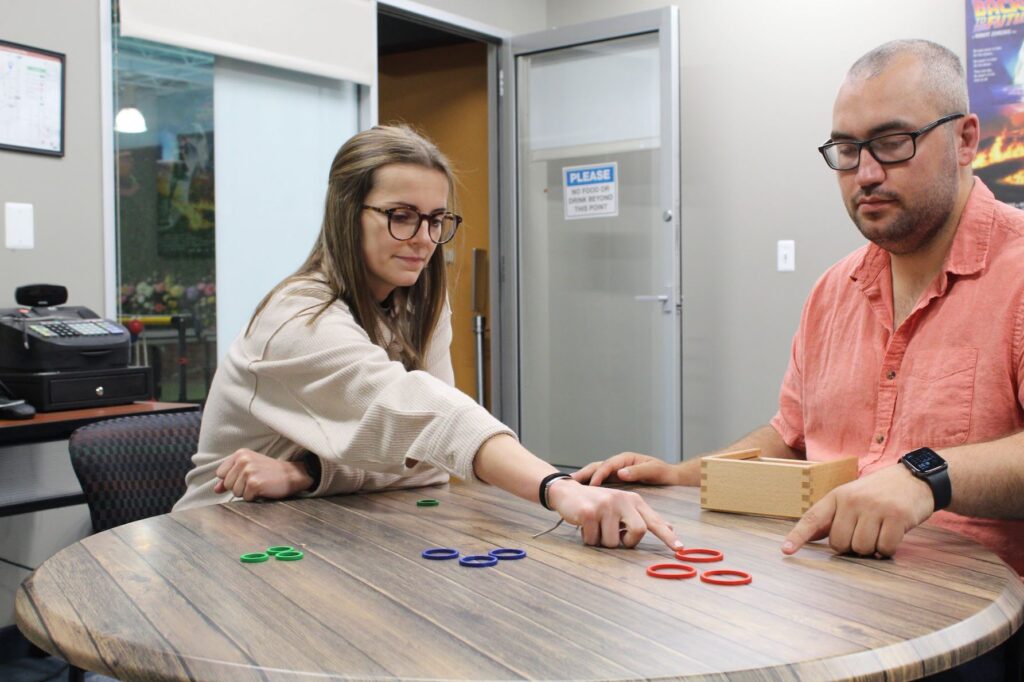Occupational Therapy
What is Occupational Therapy?
Occupational therapy helps individuals participate and perform in their everyday life activities in their home and community, including school, workplace, and social settings. Occupational therapy focuses on assisting and improving the physical, psychosocial, sensory-perceptual, and cognitive skills that support engagement in daily activity to increase independence and quality of life.
Occupational Therapy Services Include:
-
- Cognitive Rehabilitation
- Occupational therapists work with clients to both improve and develop compensatory strategies for cognitive functioning such as memory, attention, and executive functioning.
- Community Reintegration
- Occupational therapists emphasize improving functional performance in the environment that each client intends to participate. Community reintegration can focus on a variety of activities including managing finances, shopping, leisure, socialization, and work within the most appropriate environmental setting.
- Cognitive Behavioral Therapy
- Occupational therapists use task-oriented therapies to help manage emotional and behavioral symptoms to help support improvements with engagement in daily activities.
- Self-Care/Home Management
- Occupational therapists engage clients in graded activities to promote increased success and independence with a variety of daily activities including bathing/showering, dressing, maintaining personal health, preparing meals, emergency response, and schedule management.
- Neuromuscular Reeducation
- Occupational therapists engage clients in therapeutic activities to improve coordination, postural control, bilateral integration, motor control, and balance which are critical to improving success and independence with performing daily living activities.
- Group Therapy
- Occupational therapists utilize group therapy to improve social pragmatics while facilitating peer-to-peer learning, collaboration, peer-support, and group-think as it relates to improving engagement and independence with daily living activities.
- Home Safety Evaluations
- We will perform Home Safety Evaluations to identify potential barriers and hazards throughout the home. By assessing the home and providing training, adaptive equipment, and recommendations for modifications to the environment clients are able to help improve function, safety, and independence.
- Family/Caregiver Training
- Occupational therapists work with family members and care providers to ensure that they understand how to support and assist the client with their recovery in the home and community settings.
- Adaptive Equipment Training
- Occupational therapists utilize a wide variety of adaptive equipment such as grab bars, reachers, adaptive cutting boards, weighted feeding utensils, and more to help clients improve functional independence in all areas of daily living.
- Cognitive Rehabilitation
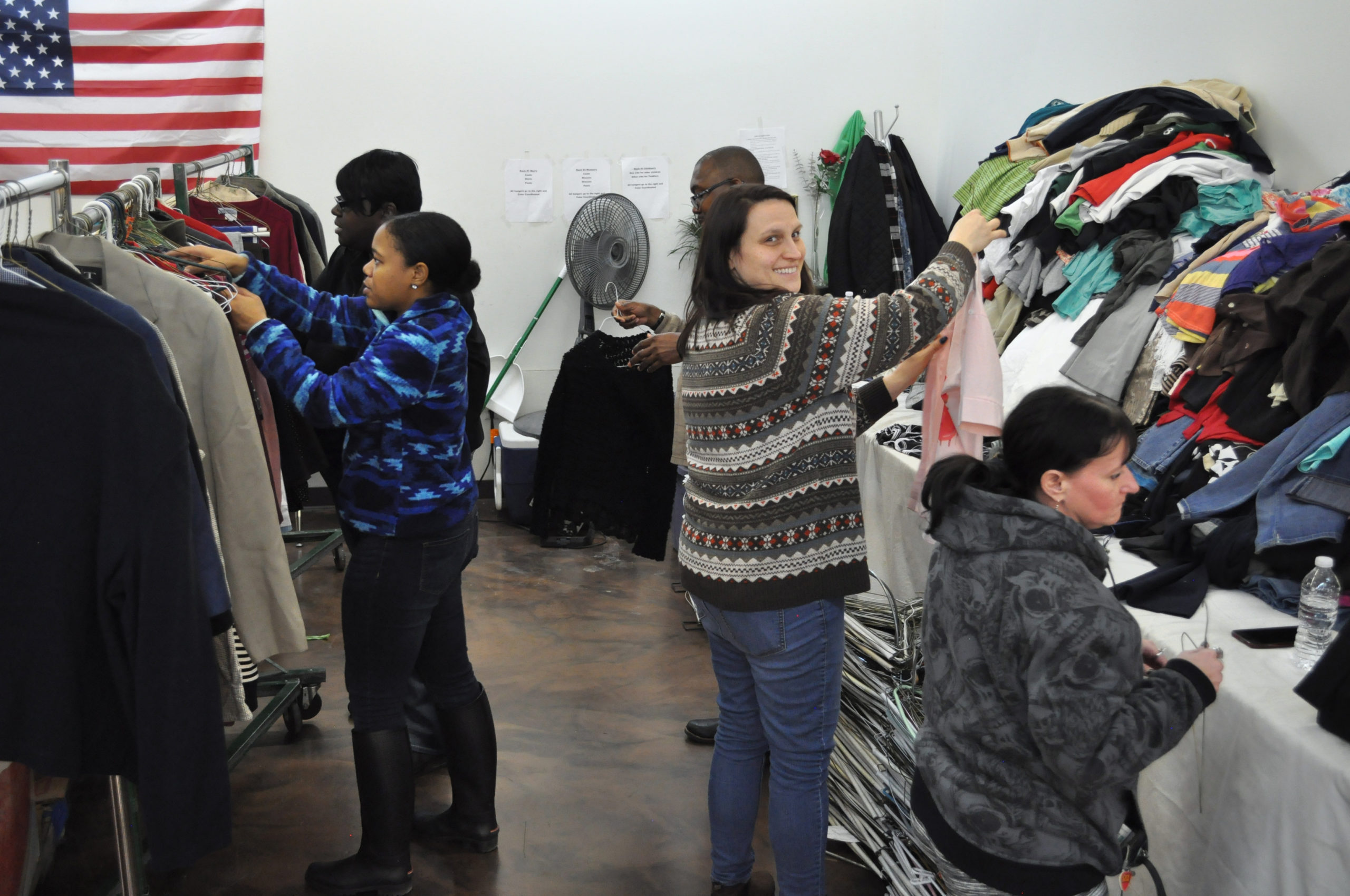
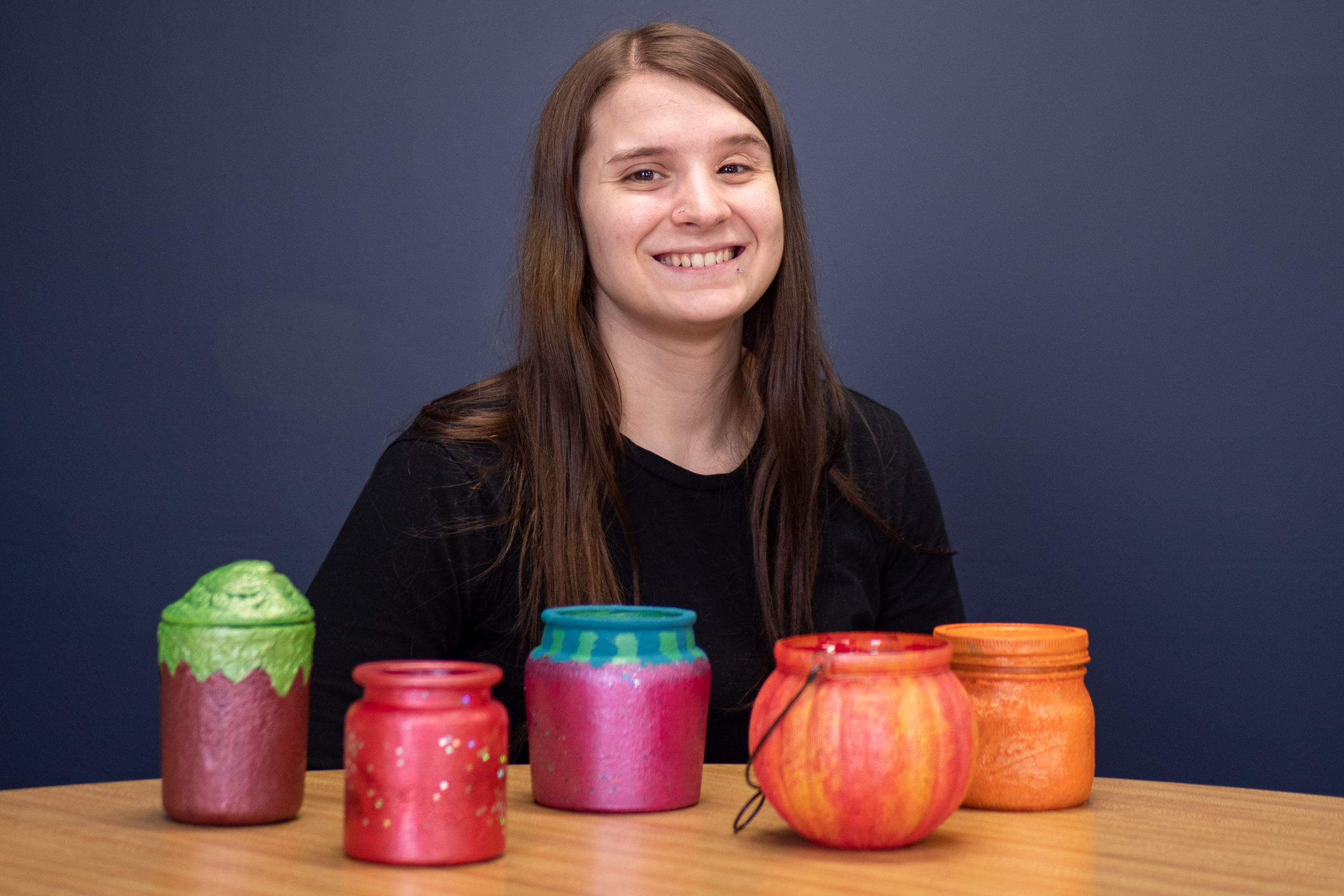
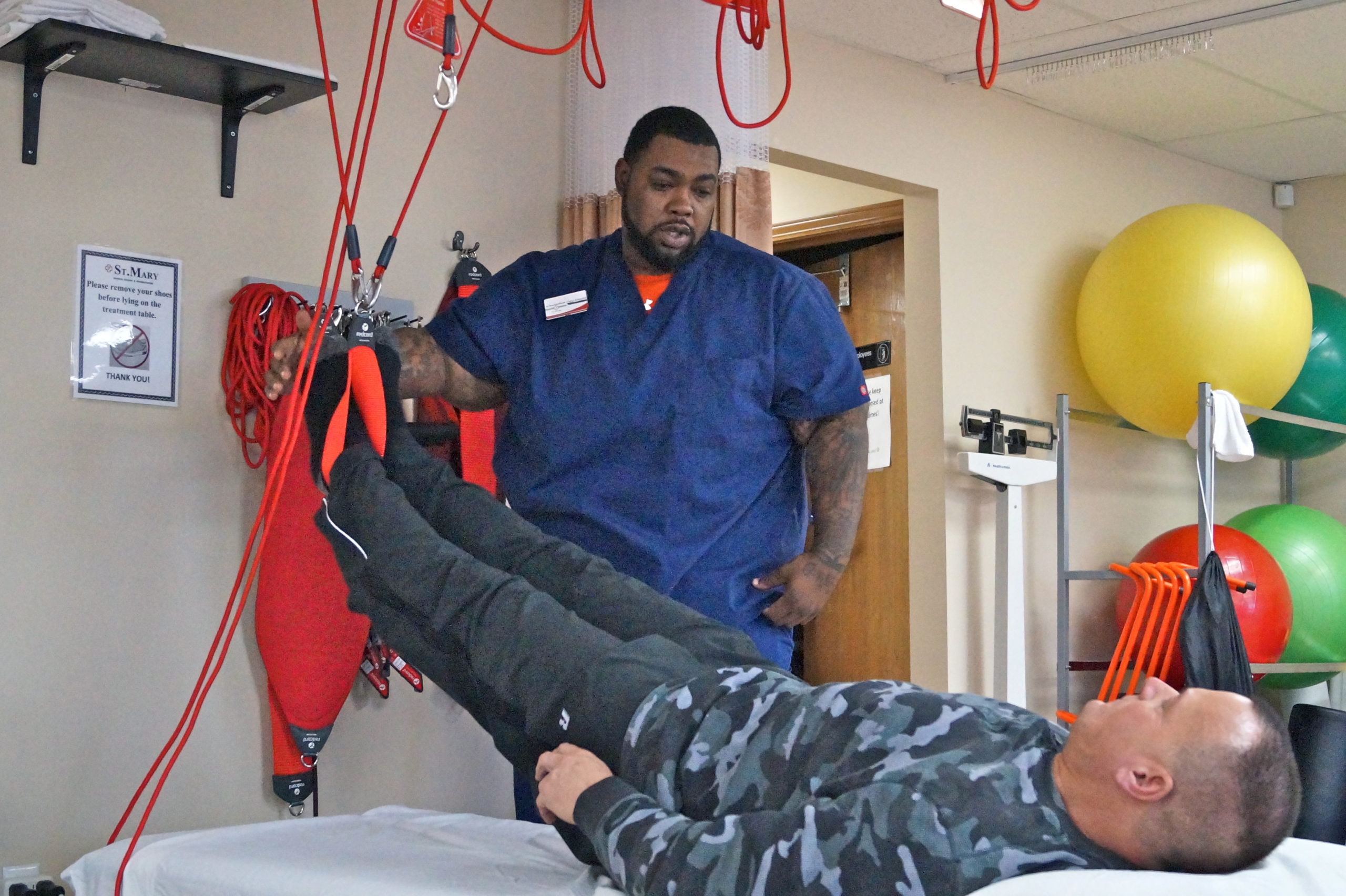
What is Vocational Therapy?
Vocational therapy seeks to significantly reduce or eliminate the obstacles that disability may present by providing training and support for the individual’s employment aspirations. Within our setting, we focus on the development of general skills such as; problem-solving, time management, rule compliance, etc. Additionally, we focus on job-specific skills to return to work.
Vocational therapy falls within a patient's occupational therapy scope. During a client’s occupational therapy session, a vocational plan will be developed and implemented at the appropriate level to best support the client.
Vocational Therapy Services Include:
- Life Skills Village’s vocational rehabilitation program works with clients across the entire spectrum of employment including Sheltered Employment, Community-Based Supported Employment, and Competitive Employment.
- Occupational therapists also work with clients on Job Acquisition, Job Skills Training, and improving Transferable Job Skills.
- Sheltered Employment is a level of vocational rehabilitation in which people with disabilities receive services and training to improve work-related skills and behaviors.
- Community-Based Supported Employment is a level of employment where clients engage in real job tasks at community-based businesses including food service, retail, auto repair, and more.
- Competitive Employment is a level of vocational rehabilitation where occupational therapists help clients improve skills, implement strategies, and make environmental modifications so they can attain or maintain competitive employment. Should a client be unable to return to a previous type of employment, the occupational therapists can help them identify new possibilities through career/job reorienting.
- Self-Employment is a level of vocational rehabilitation where the occupational therapists help clients incorporate their skills, experience, and interests to create self-employment opportunities when returning to a competitive employment position is not ideal.
Accepted Vocational Therapy Insurances
Workers' Compensation & Auto No-Fault
The Village Market
Tucked right inside Life Skills Village, The Village Market is a special space where our clients showcase and sell their handmade creations. Each piece reflects the skills and progress made through their rehabilitation journey. All proceeds go directly to the artists, supporting their continued growth and independence.
Approaches to Parkinsons Disease through Occupational Therapy
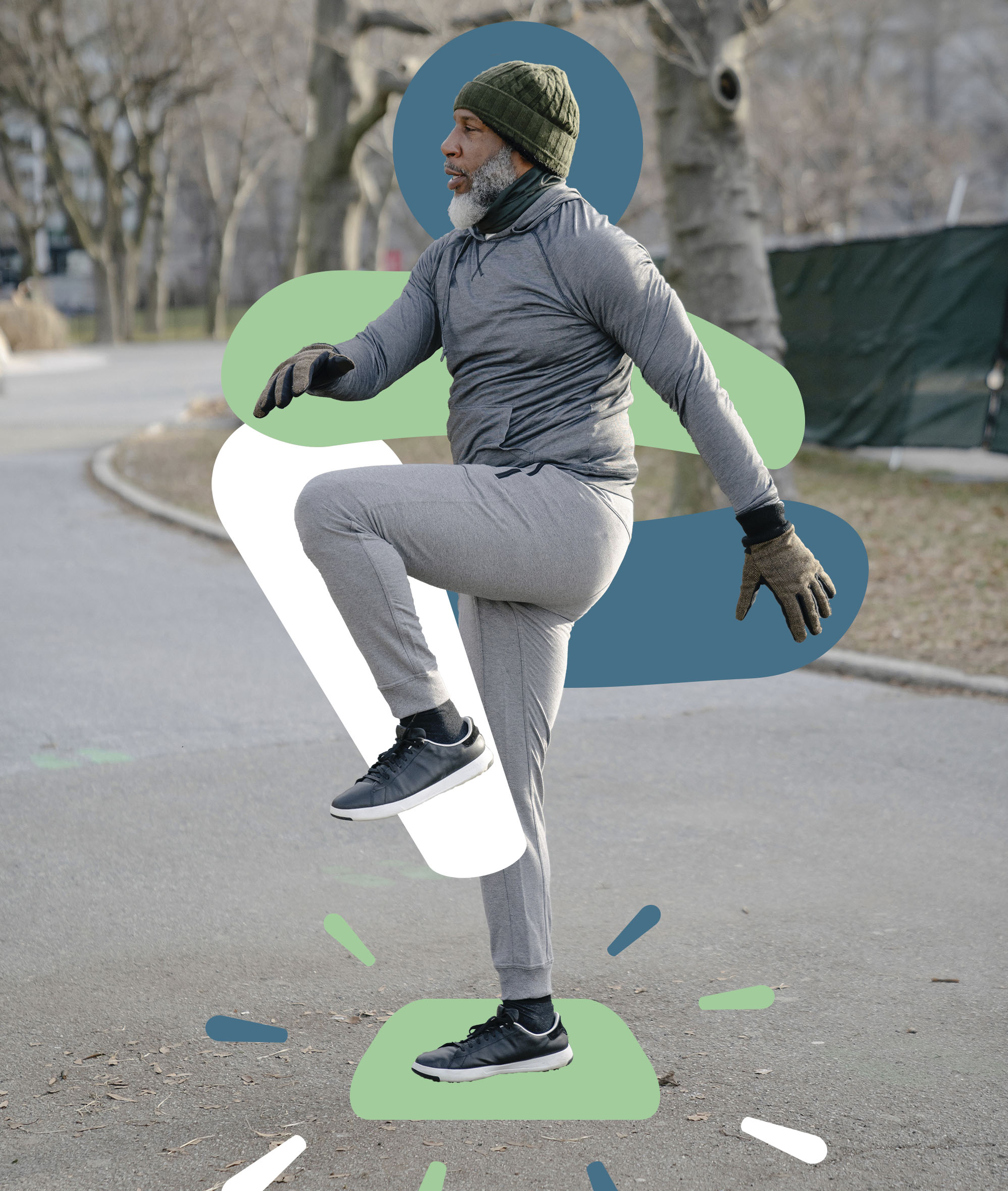
Get moving with LSVT BIG® Treatment!

Life Skills Village is proud to announce the addition of LSVT BIG treatment to our lineup of Occupational Therapy services.
We can help you alleviate the symptoms of Parkinson's or other neurodegenerative diseases. Learn more by clicking the link below.
How We Work
2. Receive
Your Follow-Up
We will call, text
or email you back
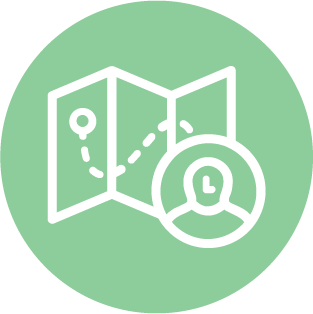
3. Begin
Your Journey!
Via telehealth or
in-person


